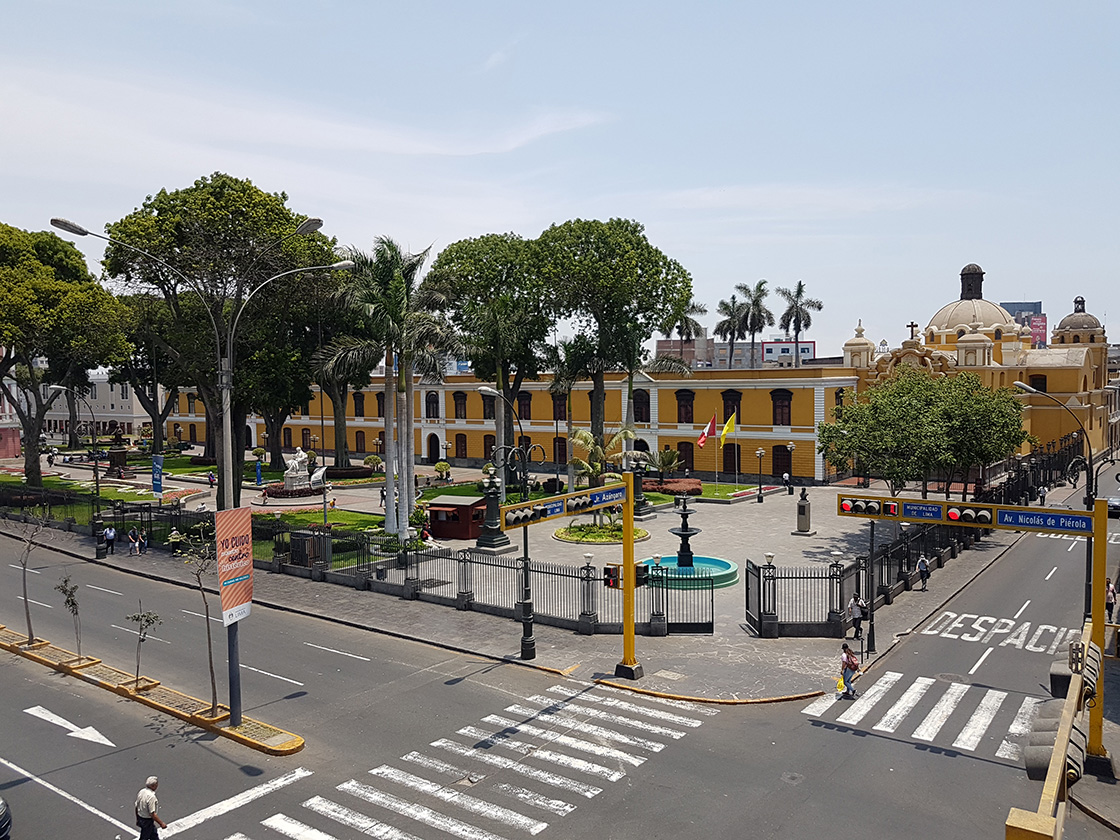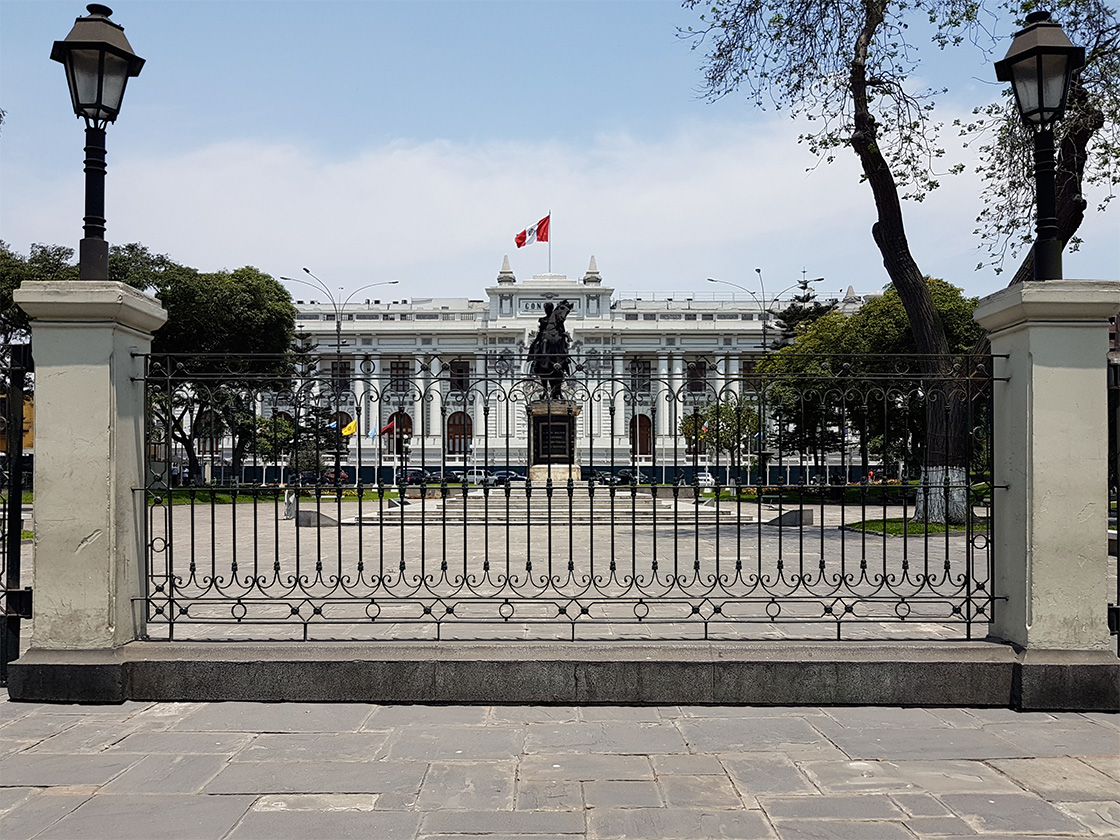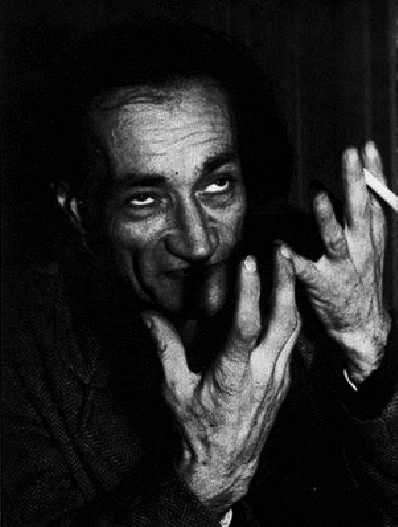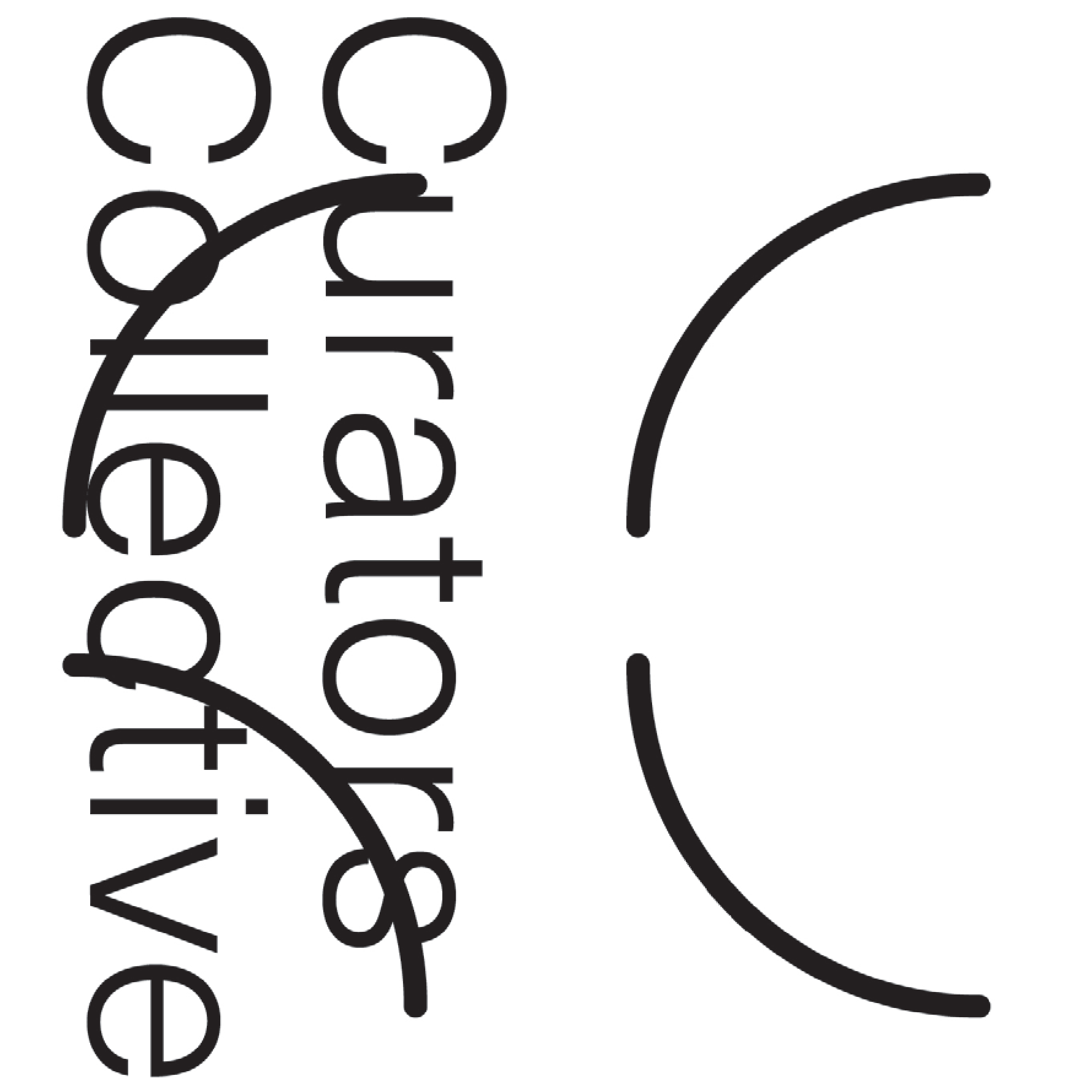
PLAYGROUND
Artefacts for interaction
SEESAW
1
This game teaches how we can relate/interact with others.
2
The game requires two parties and in order to start they both need to be leveled.
3
Once both are in equilibrium one will ascend or descend depending on the contract with the other, and then they'll take turns, they always depend on each other.
4
Through balance and play trust emerges. trust becomes paramount in order to create harmony and a fluid interaction during the play.
5
The game starts and finishes with both parties being leveled in order for there to be success. it’s about subtle communication played out in physical form and intuition. it's a game that teaches us that we are all mirrors of one another.
STRANGE TIMES
In 2012, together with the Peruvian architect’s group, we began the adventure to participate in the Venice architecture biennial because we considered the most important world architecture exhibition, and we wanted our country to be part of this event.
Each participation was full of challenges and timely reflections that responded to a curatorial commission and that highlighted our concerns about our own reality.
Over time we realized that the biennial was just a pretext to look at ourselves and in each call for the curatorial competition for our pavilion, we were able to observe how recurring themes appeared that highlighted concerns about our cities, our history, forgotten people or unknown efforts that used architecture as a powerful tool to change things, working with institutions where young architects were involved in a heroic way and committed to reality.


At each Venice Biennale, we hold curatorial competitions so that anyone who had something to say could present the best idea that could represent us.
In the year 2019, Hashim Sarkis asked us How will we live together? and we released the question through a public contest at the national level, the answers we got surprised us.
The winning proposal of Arch. Felipe Ferrer tried to respond with a great reflection on what it means to live in our cities, the normalization of barriers in public spaces and how this aggression was not questioned.
His proposal sought to highlight the importance of freeing our cities from physical and mental barriers.








Those were times before the pandemic
What came next was very interesting, a unique and worldwide phenomenon forced us to live confined and masked.
We became specialists in our own space by dint of having to solve life within 4 walls, we would never see the city in the same way again.
The pandemic highlighted the impact that having to live with barriers has on life, this time to guarantee our survival.
After the postponement of the inauguration of the Biennial, and the rescheduling to the following year, it gave us the time to look again at the proposal that had been prepared around the question that Sarkis asked us
So, the theme of How will we live together seemed even more appropriate.




Felipe Ferrer's curatorial proposal invites you to raid, bypassing a large iron fence, the Peruvian pavilion, and then tour islands with objects built with iron obtained from the capture, removal and deconstruction of bars that served to close public spaces.
The proposal is a criticism of the city taken and the normalization of the capture of everyone's space.
The new life of the bars makes visible the enclosures stripped of the violent charge that implies blocking or denying access, to turn them into urban furniture that invites socializing through play.
















The bars that surround us today are not only physical, the pandemic has put us new invisible bars that prevent us from socializing, getting together or touring the city and today we see with nostalgia what life was like without screens.
Playground: artefacts for interaction is a catharsis on the physical and mental bars that we have been subjected to in our lives, but it is also an optimistic vision that celebrates the opportunity to change for something better.




This pandemic will end but our way of seeing things and in return, it is up to us to turn the situation that each of us has had to live in an opportunity to be better people in a world that needs to break down the barriers of intolerance with those who do not think how to start building bridges that reconcile us with the new humanity.
JOSÉ ORREGO
Peruvian Pavilion Commissioner
Venice Biennale of Architecture
Acknowledgments


Mónica Belevan, Michael Prado, Pepe Orrego, Lyda Garcia, Fabiana Maggi, Marco Aveggio, Mateo Eiletz, Claudia Ortigas, Javier Vásquez, Alejandro Alarcón, Luis Arévalo, Kevin Abanto, Erick Maldonado, Francisco Obregón, Daniela Díaz Tenorio, Marina Gubbins, Reynaldo Ledgard, Marta Morelli, Sharif Kahatt, Marianela Castro De La Borda, José Beingolea del Carpio, José Pacheco Díaz, Ángeles Maqueira, Enrique Bonilla, Julio Wiser, Sandra Rodríguez, Raul Santivañez, José Salas, Moises Salas, Máximo Hinojosa, Wilmer Araujo.
Mayor of Huamanga Yuri Gutiérrez, Mayor of Pueblo Libre Stephen Haas.
Mariana Alegre, Luis Felipe Quiroz, Juan Manuel Yori, Pablo Vega Centeno, Jean Pierre Crousse, Raura Oblitas, Alicia Alvariño, Javier Saito, Rudy Giese, Maya Ballen, Peter Seinfeld, Teresa Borasino, Mauricio Novoa, Alonso Toledo, Jaime Peña Peña, Carla Fosca, Mariana Leguía, Angus Laurie, Paulo Dam, Armando Andrade, Elena Taliano, Marlie Wiley, Marco Pacussich, Gianluca Pacussich, Alan Astudillo, Roberto Huarcaya, Camila Villa, Elías Quiróz, Fabrizio Piazze, Juan Inouye, Luis Martín Bogdanovich, Andrés Belsuzarri.
Everybody that uploaded gate photos to instagram and everyone that send us videos.
And of course, my parents, my wife and my children.

PLAYGROUND
Artefacts for interaction
We respond to the prompt—How will we live together?—with an action/reflection, by using a local problem to take on a global challenge.
Our project removes gates/fences from public spaces in various districts of Lima and of Peru to transform them into artefacts that invite people to interaction. These ‘security’ elements cum segregation devices are turned into benches, playground games, soccer goals, and so forth, in an effort to re-channel all of the time, money, and energy expended into building barriers and breathing new life and meaning into their materials.
Peru is still recovering from the scars of an internal conflict that raged from 1980 to 2000. The people of Lima started gating their streets as a defence mechanism. More than twenty years later, we have yet to stop gating ourselves. Like the rest of the world—given the new urban densities we are learning to live with, faced with the persistency of media and the precariousness of global politics, and now challenged by the new world order that is taking shape through the pandemic—we are becoming wary of each other once again. This situation could further exacerbate fear of one another and increase atomisation. Gates reify our fears, and we need to work on ways to transform those fears into opportunities.
Because of the pandemic, the pavilion is closed with an entry gate. The central artefacts of the exhibition are presented as a playground, the purpose of which is to invite us to interact with each other, to re-learn –through games for young and old alike– that we can generate new social contracts. Some of these artefacts are, for example, rocker benches that require another person as a counterweight for comfortable use.
Lenticular panels are attached to the entry gate, where two versions of the same photograph –with and without gates– coexist. Through the lenticular film and depending on the visitor’s movement, the gated photographs will disappear into emblematic spaces clear of them. From local, physical gates, we will then move on to less obvious and global ones.
The pavilion helps the visitor reflect on what is left inside, and out, when gates are in the middle. After the exhibition, the playground artefacts will be returned to their original sites, for continuing transformation.
Rispondiamo allo spunto—How will we live together?—con un’azione/riflessione, sfruttando un problema locale per affrontare una sfida globale.
Il nostro progetto elimina cancelli/steccati dagli spazi pubblici in vari distretti di Lima e del Perù per trasformarli in manufatti che inducono le persone all’interazione. Questi elementi di ‘sicurezza’ e segregazione sono pertanto trasformati in panchine, giochi, porte da calcio e così via, nell’intento di rincanalare il tempo, il denaro e l’energia spesi nella costruzione di barriere infondendo nuova vita e nuovo significato nei loro materiali lavorati.
Il Perù si sta ancora riprendendo dalle ferite di un conflitto interno, imperversato dal 1980 al 2000, durante il quale gli abitanti di Lima iniziarono a chiudere le strade con cancelli per difendersi. Dopo più di vent’anni non abbiamo ancora smesso di rinchiuderci al loro interno. Come accade nel resto del mondo, date le nuove densità urbane con le quali stiamo imparando a convivere, di fronte alla persistenza dei media, all’instabilità della politica globale e ora al nuovo ordine mondiale che sta prendendo forma attraverso la pandemia, stiamo nuovamente diventando diffidenti nei confronti degli altri. Questa situazione potrebbe esacerbare ulteriormente la paura e aumentare la parcelizzazione. I cancelli reificano le nostre paure e noi dobbiamo lavorare sui modi per trasformare queste paure in opportunità.
A causa della pandemia, il padiglione è chiuso con un cancello d'ingresso. I manufatti principali della mostra sono presentati sotto forma di parco giochi il cui scopo è quello di invitarci a interagire, a reimparare—attraverso giochi per grandi e piccini—che possiamo generare nuovi contatti sociali. Tra questi manufatti vi sono, ad esempio, le altalene basculanti, che per un utilizzo ottimale richiedono un’altra persona come contrappeso.
Pannelli lenticolari sono appesi al cancello d’ingresso, Dove sono presenti due versioni della stessa fotografia, con e senza cancello. Attraverso la pellicola lenticolare e a seconda del movimento del visitatore, le fotografie con cancelli diventano spazi emblematici in cui questi scompaiono. Da cancelli locali e concreti ci spostiamo dunque verso quelli globali e meno ovvi.
Il padiglione aiuta il visitatore a riflettere su ciò che è fuori e ciò che è dentro, quando nel mezzo ci sono cancelli. A conclusione della mostra, i manufatti del parco giochi ritorneranno al loro luogo originale per continuare la loro trasformazione.
FELIPE FERRER
Peruvian Pavilion Curator
Venice Biennale of Architecture
Commissioner
Curator
Production
Patronato Cultural del Perú
Cordinator in Venice
Eiletz Ortigaz Architects
Patronage
El Comercio
Fundación Wiese
Catalog
With the support of
PROMPERÚ
Servimetales
Municipalidad de Huamanga
Municipalidad de Pueblo Libre
Municipalidad de la Molina
Pontificia Universidad Católica del Perú
Universidad de Lima
With the additional support of
Ministerio de Relaciones Exteriores del Perú
Ministerio de Cultura del Perú
Ascensores Powertech
Hunter Douglas
ArtCo
Trazzo
Iguzzini
Marx
Decor Center
In colaboration with
Asociación Peruana de Estudios de Arquitectura
Universidad de Lima
Pontificia Universidad Católica del Perú
Universidad Nacional de Ingeniería
Universidad Privada del Norte
Colegio de Arquitectos del Perú
Design team
Javier Vásquez
Alejandro Alarcón
Luis Arévalo
Kevin Abanto
Erick Maldonado
Francisco Obregón
Antonella Pacussich
Daniela Díaz Tenorio
Marina Gubbins
Fiorella Guillén
Graphic Design
Formato Público
Web Design
Michael Prado
Web Programming
Metalworks
José Salas
Máximo Hinojosa
Video
CREA - Universidad de Lima
The Patronato Cultural del Peru is a private non-profit institution, created in 2010 to contribute to the development of the country, promoting and working hand in hand with the state in long-term cultural projects at national and international level and in the recovery of the tangible and intangible cultural heritage of our country in order to value our cultural wealth, civility and national identity. The cultural themes it has been working on are diverse, among them: contemporary art, living cultures, cultural heritage and architecture.
The Curators Collective (CC) is a coalition of National Pavilion Curators participating in the 17th Venice Biennale Architettura. On 23rd May 2020, curators from across the globe gathered for the first CC meeting and confirmed their shared interest in turning the Biennale’s postponement into an opportunity to express greater solidarity.




















THE WORLD
WITHOUT
The purpose of this work is to complement and complicate the hypothesis set forth by the Peruvian exhibition at the 17th Venice Architecture Biennale.
To do so, it will explore and explode the purpose and meaning of gates, walls, (de)fences and thresholds ―doorways, boxes, enclosures, and cages― and of other, if no less defining experiences, like limit situations, liminal spaces and phenomenological horizons.
* * *
This book, a limited edition, is a companion to the Instagram account @gateposter, which exists to provide the project with the interdisciplinary multimedia continuity it demands and merits. Precisely in dealing with matters of strategic (de)limitation, this catalogue should be in excess of the conceptual and formal requirements that are typically envisioned for a document like it. In an agonistic spirit, it must remain a work in process―a dance and a negotiation―for as long as possible.
In addressing the gate as a three-dimensional ambiguous image, this catalogue must be ephemeral and permanent, a physical book and an online presence; a fixed but flickering―indeed, a multistable―(dis)installation.
It is also a two-book-one-deal. One part, "insideout", is a series of brief, concatenated essays themed on "interiority as polity." The other, "outsidein", will concern itself with the physical, phenomenological and philosophical underpinnings of the question, under the aegis of "perceptual hedging." They should be read in no particular order.
* * *
My personal and professional life has been tied up with the questions of this essay for a long time. Beginning in 2007, I served as the official translator for the Ad Hoc Committee on Maritime Delimitation for the Peruvian Chancellery in its suit against Chile before the International Court of Justice at The Hague. A year before that work came to fruition with a favourable ruling by the ICJ, my MDesS thesis at the Harvard GSD was on Trickster as liminal marker. Earlier still, my undergraduate thesis was a comparative study of Wittgenstein and Duchamp, two of the greater trickster figures of the 20th century. Ed Philips once told me the late Roy Wagner might have called me a "coyote anthropologist", and I hope I can honour that.
Be as it may, my business is borders, and the business of borders—which, I sustain, are not so much objects as networks and habits and thoughforms—is trespassing.
OUTSIDEIN
ON PERCEPTUAL HEDGING
I
As the basic social identity unit is us/them; cosmogony starts with a parting: of sky and earth, earth and sky, sky and waters, lips.
II
Chaos is inchoate, indiscrete, un(s)pooled.
Origin is not a point, but counterpuntal; every clinamen henceforth a fugue.
III
That great transfixer of meaning, Magritte, claimed "perception always intercedes between reality and ourselves."

Perception—and its pathology—is the foundation on which all of our thresholds are grounded (or aired). In the immortal words of William Blake: "If the doors of perception were cleansed, every thing would appear to man as it is, Infinite." But "man has closed himself up, till he sees all things thro' narrow chinks of his cavern."
This is the way the world begins
This is the way the world begins
This is the way the world begins
Not with a bang but with a blinker.
IV
The ground is inter/mediate in/formation. The center cannot hold.

V
By mediation we mean: a synthetic-dialectic, an angelic faculty, a fence, a three-way hinge.
It is a process or technique of alternative or even indirect dispute resolution, in the most optical sense of the term.
[In this light, mediation is not (necessarily) conciliation. It aims to unsettle rather than to settle or resettle. It doesn't aim, but it hits.]
VI
Keep it makeshift, keep it safe.
Reality-testing, they call it.

VII
You could say there's a time and a place for this.
Its time is mythical: general time.
Its place is logical: general space.
VIII
Now, logic loves a torture garden. Here are some eccentric flints to keep that hedgerow sharp:
The Sheffer’s stroke of propositional logic, written "|," is also known as the NAND (“not and") or the “alternative denial," such that at least one of its operands is false.

Peirce’s arrow and Quine’s dagger, depicted as “↓" and “†", respectively, stand for NOR, the “negation" or “logical or" that are also NAND’s dual, inasmuch as NOR is only true if and only if all operands are false.

Both NAND and NOR operations can constitute logical formal systems of their own without the use of any other logical operators.
All logic gates can be assembled from either only binary NAND gates, or only binary NOR gates.
As the black boxes of data storage, NAND and NOR operations constitute the genome of our datascape. They underpin our information superhighways.
IX
Gates also have a mythic logic.
If, on a base, functional level, the gate shares the wall’s summons to separate, its calling is to tantalise rather than block or hinder.
Having—and forming—a sightline between inside and out, it renders their relationship ambiguous; a loom-like structure through which in-and-out can warp and weft into (and out of) each other.
"In whom is that ether woven, warp or woof?"—Upanishads

X
Where a wall is categorically divisive, the gate encloses the invitation to see-through, see-past and see-as. (But don't take it from me: "Don't look at things—look in between things," said John Baldessari.)
Be/hold, this see-through thing of impenetrable transparency.
XI
If a wall needs overcoming or destruction, a gate must be outfoxed or seen-through, revealed, as a cognitive structure.
A wall is a statement. A gate is a tease. It sets up a 'tricky' space as a trickle-down threshold, the negotiation of which benefits from Trickster wiles.
XII
A gate can be as unimpeded as a keyhole or a hole between two walls. It need not forbid as long as it provokes the mind’s propensity to latch. (Why they're conducive to such Protean manners of incorporation.)
The gate can colonise some of the most reactive recesses of the sensorimotor imagination—those involving, for example, object permanence—outside of physical manifestation; all whilst ret[r]aining the capacity to materialise (and dematerialise), almost impromptu, like the thief in the night it is meant to keep out—but made to draw.

XIII
A gate is stateful. Open or close, or both, it actualises—and, in time, accrues—potential.
The gate presents and represents itself as, simultaneously, a promise and a threat; 'divide and conquer' at the height of its seductive power.
[Why persuade when you can titillate? Why assault what you can subvert?]
Only the greatest walls attain—through size, force, and heft―what any paltry gate can with a gesture.

XIV
A gate is materially easy to re-move. Its place is not secured through matter but by spontaneous emergence or law: dynamics and systems.
Its substance isn't presence, but appearance.

XV
What's always charged will not hold still, though it may seem it.
Do you see a duck or a rabbit? Both? You see a gate (schematic).
XVI
As a foyer to hierophany, a gate insinuates disclosure. It has less in common with walls than with mountains or veils.
It is a subtype of the threshold; a limen's linen.
To see-through a gate [is to] build around it.
THE WORLD
WITHIN
This book would have been impossible without the invitation of Felipe Ferrer, curator of the Peruvian exhibition at the 17th Venice Architecture Biennale, and the designing minds of Michael Prado at @lacremapublicaciones and his partners at Formato Público, Camilla Villa and Elías Quiróz.
I owe a special debt of gratitude to Alonso Toledo, Geoff Manaugh and Ed Phillips, fellow foxes enmeshed in the deep play of praxis whose help, leads and wiles are of a piece with this book.
INSIDEOUT
INTERIORITY AS POLITY
I
The opening salvo to Musil's The Man Without Qualities is a clinical description of the forces and networks at play that account for "a fine day in [Vienna] August, 1913." It is the first overt example of consilience in novel form; marking the advent of an Age of Information where the Enlightenment lineaments of order would be overwhelmed by the exponentially increasing frequency and thickness of connection.

This is how a barometric low hanging over the Atlantic came to mark a breakwater of the long nineteenth-century.
II
Thousands of pages in, the book begins to haemorrhage and pullulate and bristle as it starts to pixelate into more and more discrete packets of paragraphs, sentences, data; in a recursive feat no less formidable than what Joyce did in Finnegans Wake, though—here's the catch—not as deliberate.

What we have is not exactly an "unfinished" novel, as per popular consensus, but something closer to a lifeform running—dare we say, perhaps, computing—through its theatre of iterations. It's a literary gateway of explosive percolation—the "instant shift in the nature of a system as it passes a threshold level of connectivity": as steadfast as physical phase changes, as fungible as social media.
III
With Musil, an epochal gate of perception was cleansed, and we could gaze, a little sunstruck but with sudden—if not lasting—clarity, upon the world becoming transfinite.
It isn't casual—nor, for that matter, causal—that Ulrich, the Man Without Qualities himself, is a well-connected mathematician.
IV
Musil's novel takes place in the year of completion of the Ringstrasse, which substituted a once heavily fortified city with a promenade conceived in a panoptic spirit not dissimilar to that of Second Empire Paris.

Hausmann's Paris and Musil's late-Hapsburg Vienna are serviceable, if early, examples of the modern societies described as having a "fibrous, thread-like, wiry, stringy, ropy, capillary character that is never captured by the notions of levels, layers, territories, spheres, categories, structures, systems".
In short, these were network[ed] cities that were having to rethink themselves at the onset of the Industrial Revolution. As some of them came to focus more on internal control and surveillance than external threats, they would develop large-scale, often dazzling, inner-courtyards.
Like gilded serpents coiled around their urban cores, the bouvelards replaced old city walls with new, city-sized fences.
—And how do you maintain a space like that?
—You sweep it.
V
More than a century later, the boulevardisation of the commons has accelerated in ways equally transparent and opaque—often at once.
When Joshua Cooper Ramo states "[t]he corollary of connection [...] is the creation of gates," he is describing a gate as a node or a neuron for the docking and redistribution of connecting tissue and synapses.
What follows from this is: the more and, arguably, the better connected we become; the more gates there will be for those connections to pool in, tangle with, and jump from.

Consider the double [slit] bind of how, though social mobility has stagnated in the 'free' world, individual—maybe even intersubjective—motility has never been greater.
Perhaps the atavistic us vs. them 'tribal' schema is evolving into something rather like a 'wave-particle' society.
You could say we're becoming more like gates.
VI
A gate is a placema[r]ker to the extent in which it's an emergent or designed point of convergence where a space that might have otherwise remained unchallenged or continuous is made different.
In short, it's indispensable to the construction of identity, with all the othering that may entail.
Re-member:
A gate is a(t) variance in sense of identity.
VII
A gate is not a firewall. Its strengths and weaknesses are see-through, just like yours.
Whichever sees the other first will have the upper hand in mirroring the other. Blink. You won't miss it.
VIII
With logic gates as their reductio ad functionem, a gate can easily acquire the suppleness of language-games.
You speak to them in shibboleths, the way you'd speak in riddles to a sphinx.

IX
You'll have to get a feeling for the rhythm of every gate's logic, though.
Those tools we spoke of earlier: the bar, the dagger and the arrow? Use them, as they use you.
Do not confront hierophanies unarmed. Disarm then not with violence, but guile.
Fallacies, glitches and construction defects are navigable paths for philosophical and practical wayfaring, spearheading, tracemaking and extraterritorial pissing.
X
At the level of nation-states, these may or may not opt to do away with their more obvious (de)fences—albeit the global tendency over the past decade has been not just to keep them, but to build more—.
—But if a day should come in which the borders were flung open and the checkpoints shuttered?

—When that day comes, be wise to read it as a sign that the gatekeeping has been perfected to a nearly impenetrable capacity, and that you aren't in on it.
XI
If we can hack entire networks, what makes you think we haven't compromised your institutions? Or your soul?
XII
The vision of an Empire so exuberant and self-sufficiently-devouring that the sun would never set on it is an ouroboros that's being politely parleyed underground (or roundabout), but never slain.
The business of Empire is cancer, and there's clearly a perverse adaptive mechanism at work there. At its own, egregoric pace, Empire has repeatedly displayed the ability to become what it needs must; with some of its recent displays involving quite sophisticated active camouflage.
As much as Empire still craves territory, it must still find the ways to get it, so its neoplasms will avoid detection through opacity, dispersion, speed. Overt imperial conquest is being substituted by imperial subversion.
Prepare for guerrilla imperialism.
XIII
The American frontier was officially closed in 1890, but it's been adding layers ever since. It is 400 years deep if we set our clocks to, say, the arrival of the Mayflower on Plymouth Rock.
Though usually left at a linear measurement, borders have a time signature. It isn't just their presence, but duration, that alters an environment.

Take, for instance, the famous 2014 study on red deer conducted in the Bohemian Forest once slashed by the Iron Curtain. It showed separate Czech and Bavarian deer populations refusing to cross the border—despite there not having been one in place there for the past quarter century.
Given their lifespans, none of the 300 animals tracked by the study would have had actual experience of the electric fences that comprised the border between West Germany and the Czech Republic.
Facile as it is take for granted wildlife remains free to roam where borders are set up for (and against) people, the fact is they can have profound environmental and genetic impacts.
A gate affects reality because of what it is, not what it does.
XIV
That said: a border wall may well deter some bodies, but it won't change many minds.
XV
After Dada's chaotic, formless scream, there was Surrealism: that is, Data. Let's not forget that it was Antonin Artaud who coined the term realité virtuelle, and he was Out of It, that is, As Far Inside As One Can Get before egoic spaghetiffication.

The avant-garde was c[r]aptured in the churn of information.
We will never again get ahead of ourselves. Not in the arts.
XVI
Not that it matters. Deleuze and Guattari envisioned "an entire politics of becomings-animal, as well as a politics of sorcery [...] elaborated in [...] groups all the more secret for being extrinsic, anomic."
But for this, you must ponder on the differences between an Other and an Outsider.
One of them, you can recognize; the other, you may never know.
XVII
The day is nigh when policy will be the deep play of design.
If the 20th century belonged to architecture, urbanism and their intersection; the 21st will see the urban absorbed by the landscape arts and sciences; with the most important works of engineering taking place within the increasingly extreme realms of interface and infrastructure.
Meanwhile, megaprojects will give massing new layers of meaning. The boulevards of tomorrow will be invisible as they reach vanishingly small and large scales, like microbes or dragons.
XVIII
The future variant of all-hallowed modernist efficiency will be gatekeeping: access to worlds within worlds within worlds.
The World will be larger the deeper you are.
XIX
Given these depths of field, to focus on Trump or on Brexit is to miss the forest for the trees. It'll be something else in five years.

So what I'm asking is for you to focus on the gateways to that forest.
No, not the trees—or not the trees only—: the rhizomes! The cracks between canopies!
XX
The survival of states—that term, state, is so ontologically riven—will owe less to plurality than to plasticity. It will favour the agile, possibly at the revised scale of the city-state, above the lumbering hegemonic superpower; which as an entity will not, of course, become extinct anytime soon.
For centuries, we have been drifting into a world of gates out of a world of walls. It is conceivable, if not yet easy to envision, that its final form will be one where the doors of perception seem utterly cleansed, but are strategically locked; a simulacrum of Infinity, World Without Qualities, World Without End.



